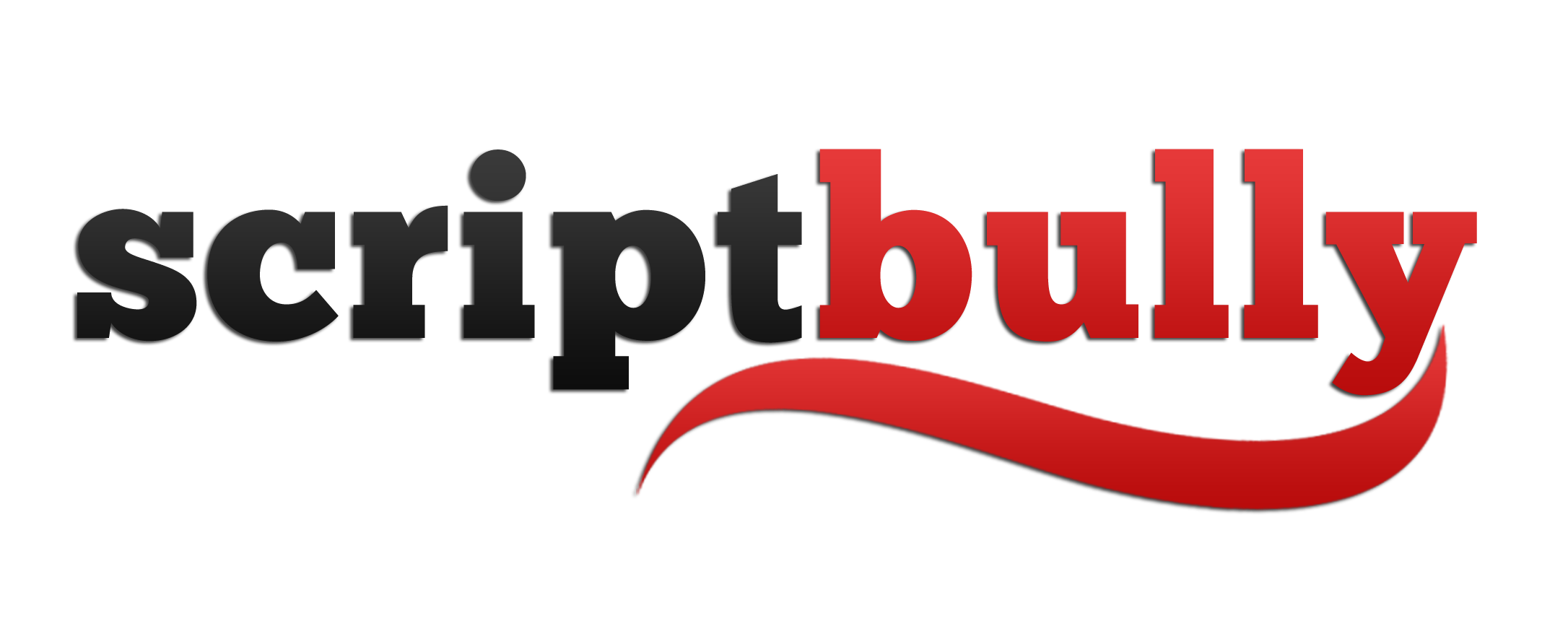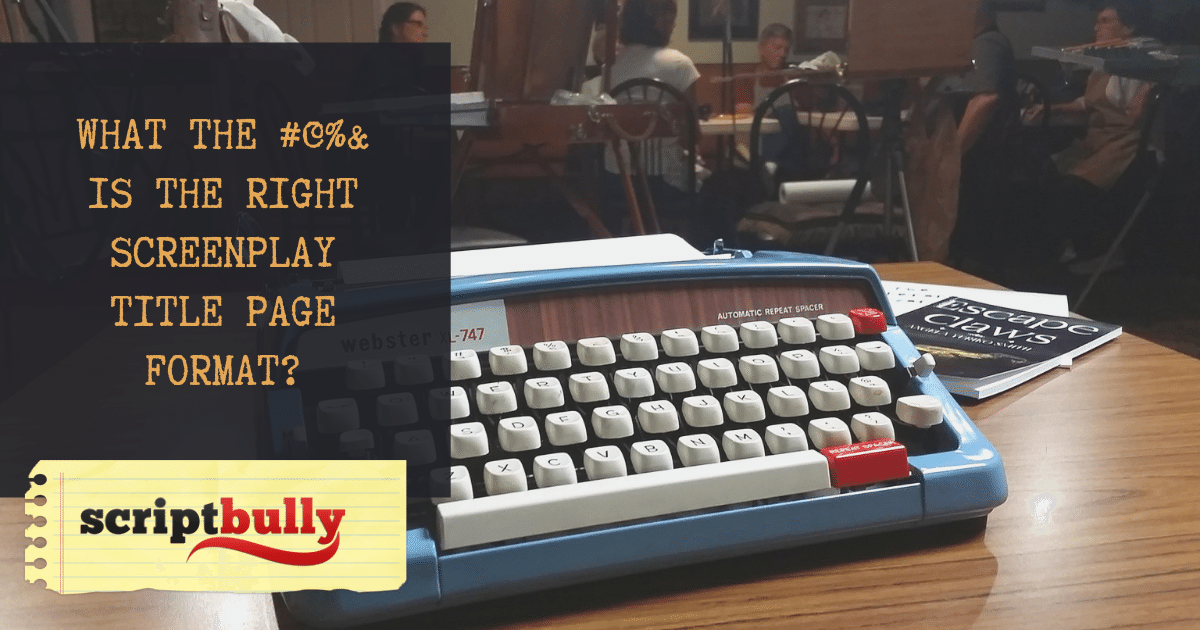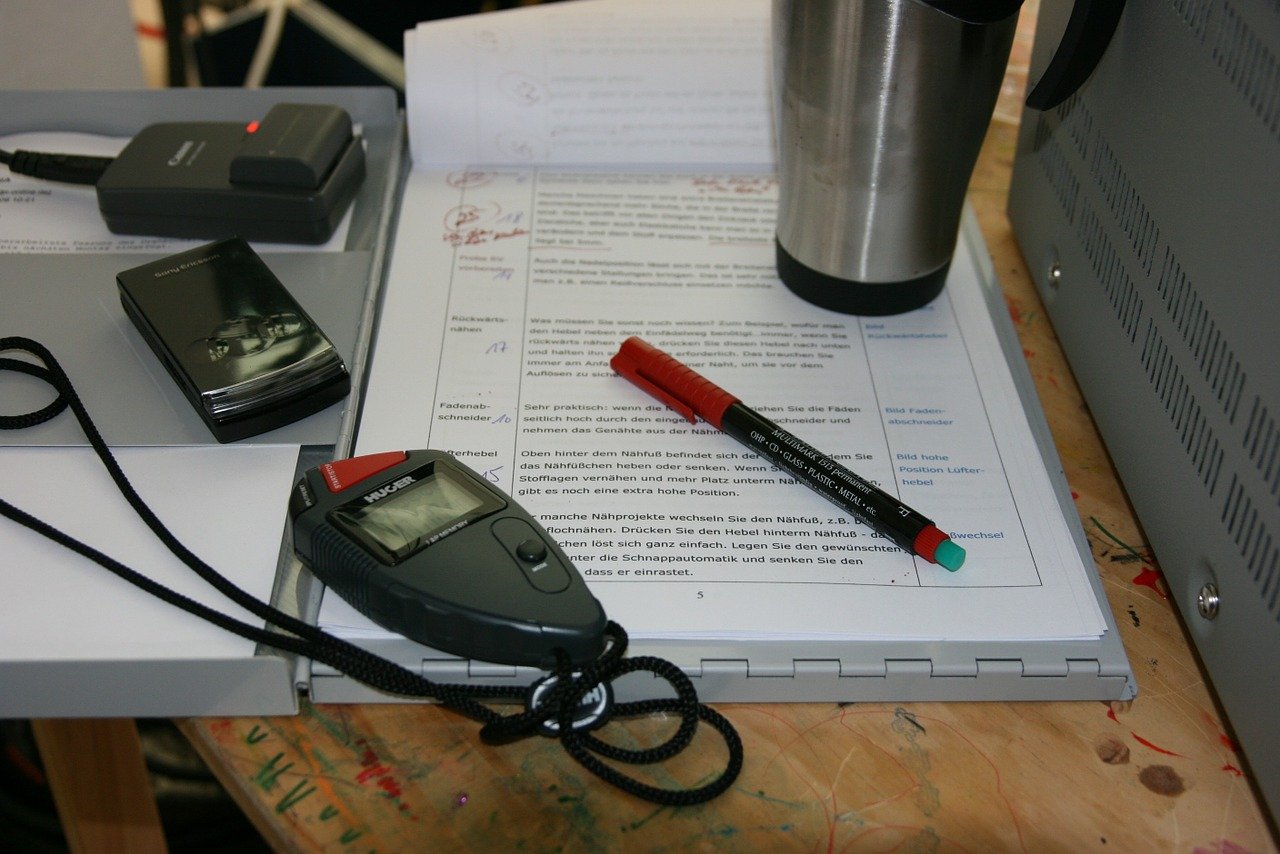It should be obvious, the right screenplay title page format. (“You put in your title…and your name!”)
But there is a subtle set of industry expectations when it comes to creating your screenplay title page. And missing out on any of the key elements — or putting them in the wrong place — or even adding extraneous info not required can make you look like an amateur quicker than owning all 12 Transformers movies. (In Blu-Ray and Regular-Ray.)
So, here’s a quick, down-and-dirty guide to creating a screenplay title page that’s professional and gets the job done — namely tell people the name of your damn script:
The Straight Scoop on Screenplay Title Page Format
Format Element #1: One Font to Rule Them All
You’ve probably seen produced screenplays on the Internet, with crazy, fun, and whacky fonts. (Especially for the title.) And you’ve wondered: how come I don’t get to have fun with my title page font?
Because…that is something the agent (or producer or manager) puts on the title page when sending out. When you’re starting out, don’t get cute.
Instead make sure everything on your title page is in standard Courier, 12-point font.
I know this sounds like I’m putting a damper on your screenplay format creativity. I am. On the title page. Be creative in your story, not your title, where it counts.
Element #2: The Frickin’ Title
Wow. Earth-shattering insight. The title of your script should be on the screenplay title page.
And yet…Your title needs to be:
- The first thing at the top of the page
All UPPERCASE
I’ve seen scripts with titles that were:
- Lower case
- At the bottom of the page
- Italics
- In size 89 font.
Don’t do this.
Put your title first, in uppercase, about 1/4 of the way down.
Format Element #3: The All-Important Byline
Below the title, on the next line, lives your byline. And your byline consists of:
- The phrase “written by” (in lowercase)
- Followed by your name (on the next line)
Do not do “By Michael Rogan” or “Authored By Michael Rogan” or “Birthed by Michael Rogan” or “WRITTEN BY MICHAEL ROGAN.”
Just do this:
written by
Michael Rogan
Keep. It. Simple.
Format Element #4: Name Your Sources
If your script is an entirely original creation — and used no other inspiration than the fever dreams inside your brain — then you can skip this part.
But if your material was based on a book or on a play — or an Kim Kardashian tweet — then you’ll want to include the following just below your byline:
Based on a (form)
by (Author of original material)
Format Element #5: Seize the Day
I know this may unsettle a few scribblers, especially if you’ve been trying to shop the same script since 1997, but in the lower right-hand corner of your title page should live the “date” of your draft.
Now, of course, you can always update this, as you send out new versions of your script for consideration. But the date is an important convention that helps the agency, production company, or studio keep their assets organized.
And you want to write out the month, and then use numbers to represent the day and year. So, it would look something like:
April 4, 2089
Not…4/4/89 or 4.4.89.
Don’t reinvent the wheel when it comes to putting the date on your screenplay title page. The wheel is doing just fine on its own.
Format Element #6: Contact Info
If your representation is going to be sending out your screenplay, then they will take care of this for you. Otherwise, at the bottom right — if you’re sending out your script on your end — you want to include your contact info.
This includes:
- Your name
- Your email address (Please, have a somewhat professional-sounding email)
Don’t include your address. It’s not needed and can only make you appear like a newbie, if it’s a non-LA address. (Even more than not knowing how to introduce a character in a screenplay.)
Don’t include your address. It’s not needed and can only make you appear like a newbie, if it’s a non-LA address.
And though some of the old-time screenwriting books recommend you include a © — they also encourage you to add SMASH TO when writing a screenplay flashback — it offers you no added protection and only makes your script look dated.
What’s Your Take?
Were you taught a different screenplay title page format? Let us know in the comments below!






